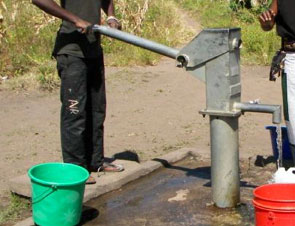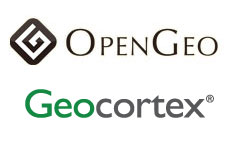Understanding the lingo of GIS

My blog is dedicated to those professionals (GIS and otherwise) who get blindsided by the GIS jargon of the day. Every time I hear a new word, I promise to post my working definition so that those who have better things to do than decode GIS jargon can move on with their lives. This week, I’m starting with an old favorite: the GIS Data Model.
The role of GIS in asset management of water resources for developing (and developed) countries

Managing water resources and water resources infrastructure is of growing importance worldwide. Where is the water, where are the pipes, where are the pumps & equipment, where are the people the water flows to, etc.? The work of managing and allocating these assets will all relay on a spatially referenced GIS asset management system. This is particularly critical for developing countries.
Partnerships with Open & Proprietary Companies

For us, business partnerships are not about some sort of Open vs Proprietary ideology. It is about improving the ability to provide services, lower utilities maintenance and operations costs, or preserve cultural history. That means using the tools that best meet the technical and business constraints.
Support Forums: The Value of a Community

Open source forums are a place where developers connect and collaborate to solve shared problems. On the other hand, I’ve found proprietary GIS technology forums to be a place where frustrated developers reluctantly find themselves commiserating over shared problems and hoping that someone at proprietary GIS technology will hear them and address their issue.
Location, Location, Location – a mantra for SaaS
Location, location, location. We are used to hearing that phrase when it comes to describing real estate. But location and geo-analytics can play an important role in many SaaS applications as a way to analyze data, manage resources, and provide tailored services.
